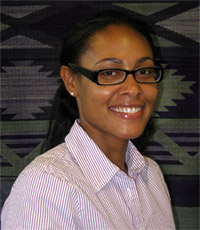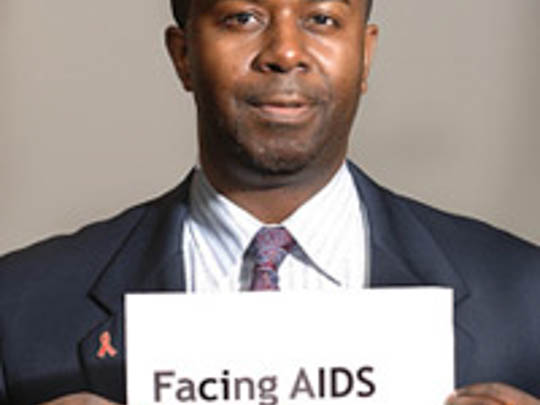HIV/AIDS/STD Prevention Demonstration Projects for Historically Black Colleges and Universities and other Minority-serving Institutions
Topics

The cultural diversity of communities of color is to be celebrated. We have overcome adversity and barriers at every turn with the hope of change. With this same determination, we face the HIV/AIDS epidemic. Communities of color disproportionately account for an alarming number of HIV/AIDS cases. As an Afro-Latina, HIV/AIDS prevention advocate, and public health professional, I am very familiar with our challenge. The statistics and numbers, 93% of young adults are online, 72% use social network sites, and more than 93% own a cell phone. With respect to young people of color, young African Americans and Hispanics are not only more likely to use cell phones than whites, but are also more likely to access the Internet from their phones. We’ve begun working with MSIs to provide training and technical assistance about effectively using new media in response to HIV/AIDS. Institutions like Alabama A&M University’s student organization CODE 3 Awareness and Albany State University’s HIV/AIDS peer educator program continue to inspire me to learn and do more.
In addition to our new media efforts, the Department of Health and Human Services (HHS) has partnered with MSIs to reduce HIV/AIDS disparities. There have been a number of funding opportunities for MSIs that address the health gaps racial and ethnic minority communities face. Various HHS agencies, including Centers for Disease Control and Prevention (CDC), Substance Abuse and Mental Health Services Administration (SAMSHA), and the Office of Minority Health (OMH), have funded HIV prevention initiatives. In order to learn more, I spoke with Timothy Harrison, Program Analyst at the Office of HIV/AIDS Policy (OHAP).

Timothy Harrison, Office of HIV/AIDS Policy (OHAP)
Mr. Harrison told me about a stakeholder meeting that was held with MSIs to better understand what prevention activities are happening with Federal agencies and offices with existing MSI programs. A second meeting included Federal agencies, MSIs, community-based organizations (CBOs), and AIDS service organizations (ASOs) to discuss HIV prevention program elements and components of a funding announcement. The two stakeholder meetings were crucial to help shape this funding opportunity known as the Minority Serving Institution (MSI) HIV Prevention Sustainability Demonstration Initiative).
As a graduate of a Historically Black University, I am well aware of the opportunities and need for HIV prevention programs on campus. HIV.gov is looking forward to working with HBCUs and other Minority-serving Institutions of Higher Education on new media initiatives. Do you have any examples of Historically Black Colleges and Universities using new media to address the HIV/AIDS epidemic? We would love to hear from you.